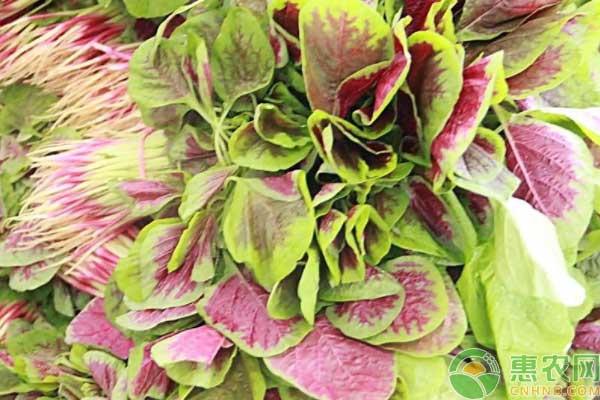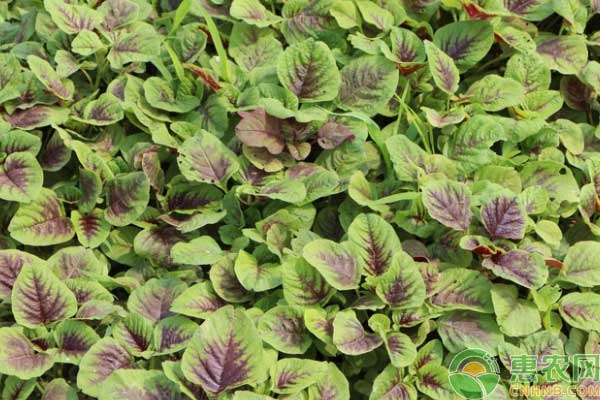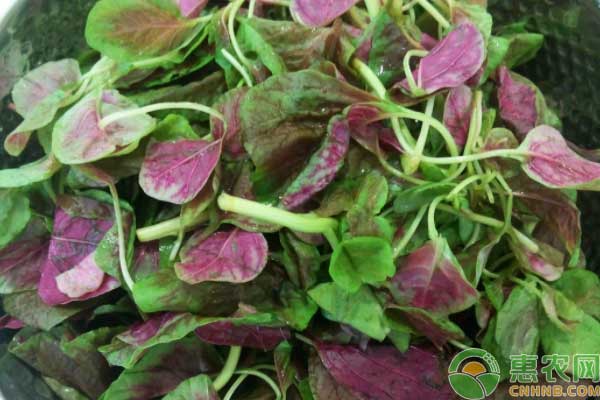As a wild plant, leek has been successfully planted in recent years. Leek is popular with consumers for its refreshing taste and high medicinal value. Many growers are looking for opportunities to grow amaranth and plan to invest in the amaranth planting industry. So how do you grow amaranth? Hui Nong.com Xiaobian today tells you about the special vegetable leeks cultivation technology.

1. Amaranth planting and planting
Before the preparation of the ground, the base fertilizer is applied, and the organic fertilizer is applied to the 2,000 kg of organic fertilizer. After fertilization, the soil is deep-turned. After turning over, it is made into sputum. The soil is made of scorpion, the height is 10cm, and the width of the glutinous rice is 1m. The length of the scorpion is determined according to the plot. After the preparation, the base fertilizer should be applied once, and the compound fertilizer with nitrogen, phosphorus and potassium content of 15:15:15 should be applied, 50kg per mu. Spread evenly to avoid excessive fertilization by local fertilization. Use the scorpion to rub the soil 1 times, and mix the soil with the fertilizer evenly. Because the seeds of the leeks are small, the ground is fine and the soil is fine, which is good for emergence.
2, leek planting sowing
Because the seeds of amaranth are small, only 1/4 of the size of sesame seeds is not easy to spread evenly. A practical method of sowing is summarized in the long-term sowing process. The fine sand and seeds are mixed evenly in a ratio of 1:5 before sowing. It can be broadcast directly on the ground. The amount of pure amaranth seeds per acre is about 0.6 kg. After sowing, the glutinous rice noodles are simmered 1 time, so that the leeks seeds are covered with 1 layer of soil, then stepped on the noodles and the surface is smoothed to prevent the seeds from being washed away when watering. , causing uneven germination.
3, amaranth planting watering
Spray water when watering, to avoid smashing out of the pit, no seeds in the pit, to prevent the water from flowing over the seeds. In the spring, the leek is sown, because the precipitation is less, the air is dry, and the surface evaporation after watering is large, which makes the surface of the soil hard and dry. After the germination of the amaranth seeds, the topsoil layer cannot be broken without emergence. After all the water has penetrated into the soil, the mulch is covered on the enamel surface, and the mulch is compacted with soil to increase the ground temperature and promote the germination of the seeds as soon as possible. The leeks do not need to be watered before emergence. Seeding can be carried out in about 10 days, and the film will be uncovered in time after emergence. Otherwise, the temperature inside the film will be too high and the seedling will be burned.

4, amaranth planting field management
The leek seedlings are small. In ten days, the weeds are much higher than the seedlings. They must be removed in time. Otherwise, they will compete with the leek for nutrients and affect the lighting of the leek. When planting for about 20 days, the first top dressing is carried out when the seedlings grow more than 2 leaves. Choose sunny day, apply 15kg of ammonium sulfate to the soil, and water it in time after fertilization. The second top dressing is carried out 12 to 15 days after the first top dressing. After the first extraction, the third top dressing is carried out. The usage is the same as above to promote the growth of the smaller amaranth after harvesting. Pay attention to timely watering and weeding after each fertilization.
5, amaranth planting harvest
Amaranth is a leaf-type vegetable. If it is not harvested in time, it is easy to get old, and the taste and nutritional value are worse. The first harvest was carried out 45 to 50 days after sowing. When the height of the seedlings was 12 to 15 cm and there were 5 to 6 leaves, the collection was mainly carried out by dense plants, leaving relatively short plants. Keep the kneading surface moist when harvesting amaranth, and ensure that the roots of the leek are easily pulled out during harvesting, avoiding roots after harvesting, and sprouting new roots and unharvested leek to compete for growth space. After the first harvest, as long as the seedling height is 12 to 15 cm, it can be harvested at any time, and the denser seedlings are also extracted, so that the smaller amaranth has a larger growth space.

The above is the special vegetable leeks planting technology that Hui Nong.com has compiled for you. I hope to help you.
We are the supplier of high quality 100% recycled fabric Change Robe, waterproof change robe, long sleeve Adult Change Robe. Warm Change robe.
Waterproof Dry robe features:
1. 100% waterproof
2. High quality 100% recycled nylon fabric
3. big change space
4. YKK Zip
Sample with customized design and logo are available.
Welcome to discuss the details.
Waterproof Change Robe,Waterproof Change Robe,Surfing Change Robe,Swimming Change Robe
Suzhou Golden Gamrnet MFG Co.,Ltd , https://www.suzhoumfg.com